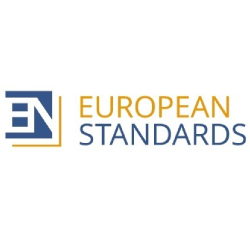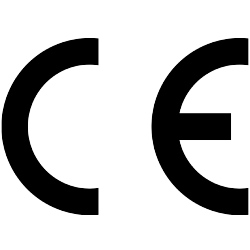Smoke Curtain
Operation



Frequently Asked Questions
Are you looking to achieve ‘Smoke control’?
Are you using the Acceptable Solutions?
The Acceptable Solutions define smoke separations as complying with BS EN 12101 Part 1, Specifications for smoke barriers (which includes fixed barriers), or being a ‘rigid element’, and forming an ‘imperforate barrier’. It does not specify a generic acceptable air leakage rate. BS EN 12101.1 includes note 4.1 that states… compliance, by itself, does not ensure fitness for purpose for an application.
Do you need insulating capabilities?
Conventional fire curtains do not provide insulation in the traditional sense, partly because the required test thermocouples will not adhere to the curtain. In some BS EN tests irradiance is measured and this data can be used by the Fire Engineer to calculate the impact of radiant heat at given distances. (insulating zone).
What installation, inspection, testing and maintenance provisions have you made?
Curtains are often in hard to access and concealed locations. Regular operation, and access to ceiling voids for maintenance may be required.